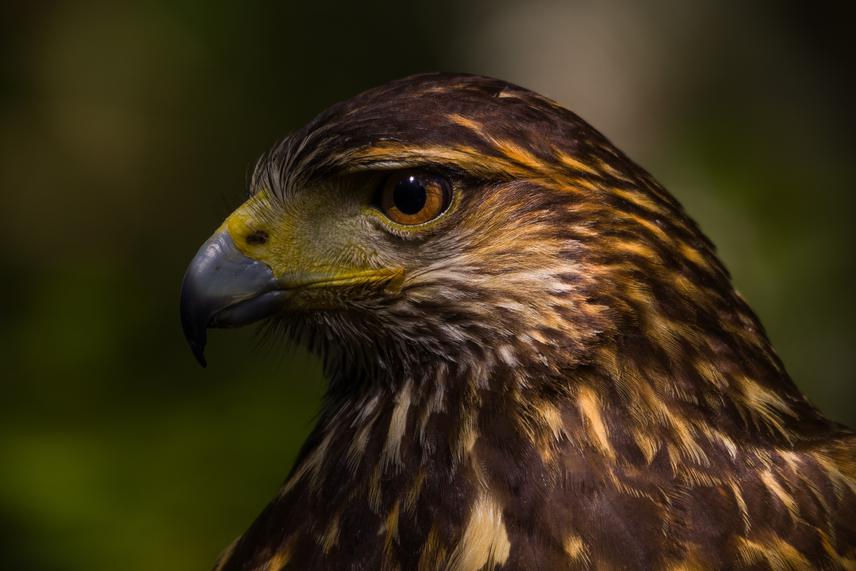Rocío Almuna Morales
Other projects
11 Jan 2023
Promoting Landscapes of Coexistence for Humans and Predators: A Transdisciplinary Cross-Cultural Study
Boundaries between humans and nature, as established by Western science, have traditionally positioned humans as sovereign over nature. This view has influenced our understanding of wildlife, particularly in relation to predators. Carnivorous animals, which may prey on livestock or pose threats to human safety, often become sources of conflict. Human-predator dynamics are shaped by a variety of factors, including landscape characteristics, cultural practices, values, and political contexts.
Coexistence has emerged as an approach to manage these frictions, aiming to reduce lethal control by acknowledging the complexity of social-ecological systems and addressing the multifaceted nature of human-predator interactions. This project seeks to understand the social-ecological factors influencing human-predator relationships and to co-design coexistence strategies with local stakeholders in south-central Chile.
The project brings together Mapuche Indigenous communities, campesinos (small-scale farmers), and researchers to foster more inclusive management practices that support rural livelihoods and address biodiversity decline in an area rich in both biological and cultural diversity. Using a transdisciplinary and cross-cultural approach, we will combine socioecological sciences with art-based methods, placing traditional ecological knowledge at the centre of land management practices.

Harris's Hawk. ©Romina Triviño.
The research is designed to be adaptable to the interests of stakeholders, ensuring it responds effectively to local concerns and avoids foreign or outsourced solutions. Additionally, we are producing a short film to communicate our findings to a broader audience. This film will share our research and highlight local perspectives, aiming to shift public attitudes by making the science accessible and engaging through visual storytelling.
The use of imagery in the film will catalyse reflection and interpretation in ways that may have a greater impact than traditional manuals, guidelines, or texts. By conveying key information through images, sounds, and stories, we aim to leave a lasting impression on the audience, nurturing their capacity to understand and appreciate the complexity of human-predator coexistence.